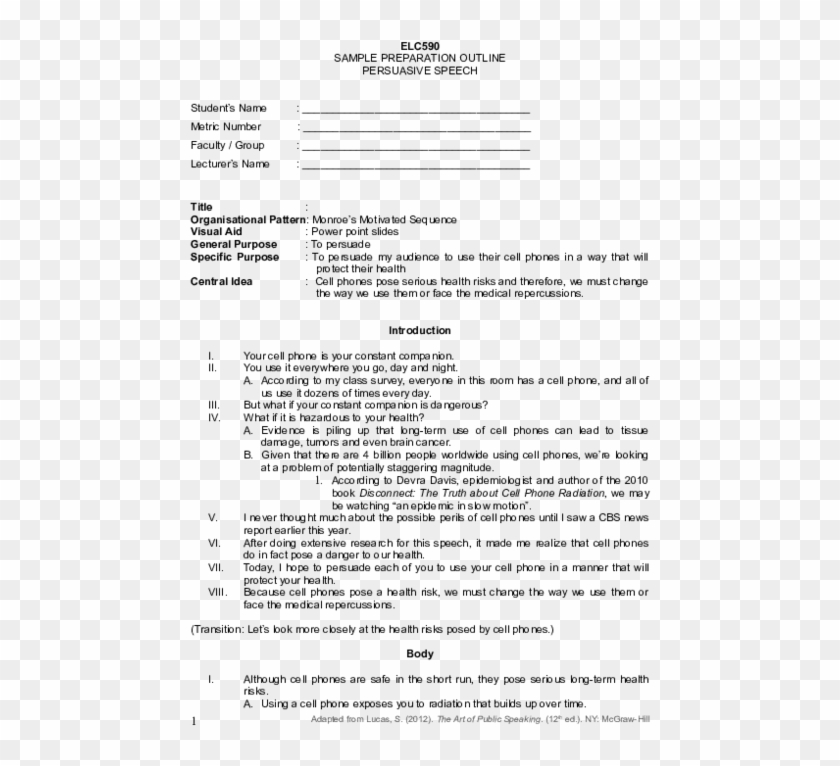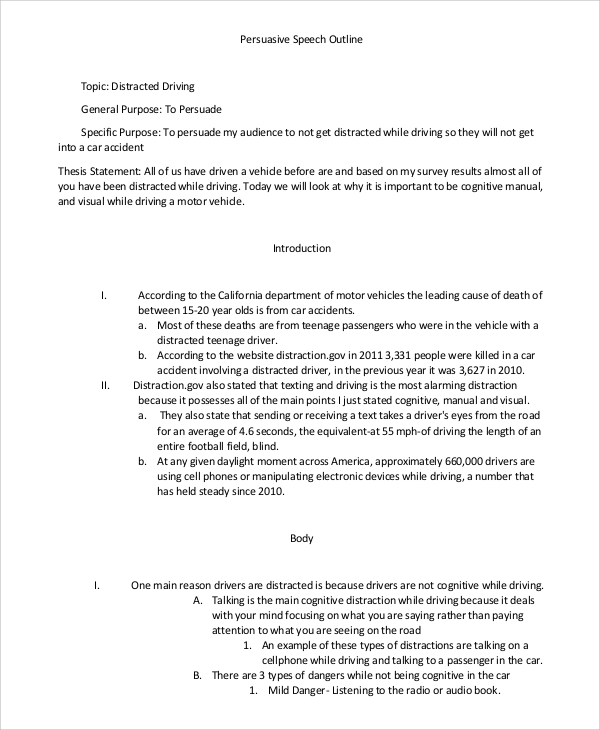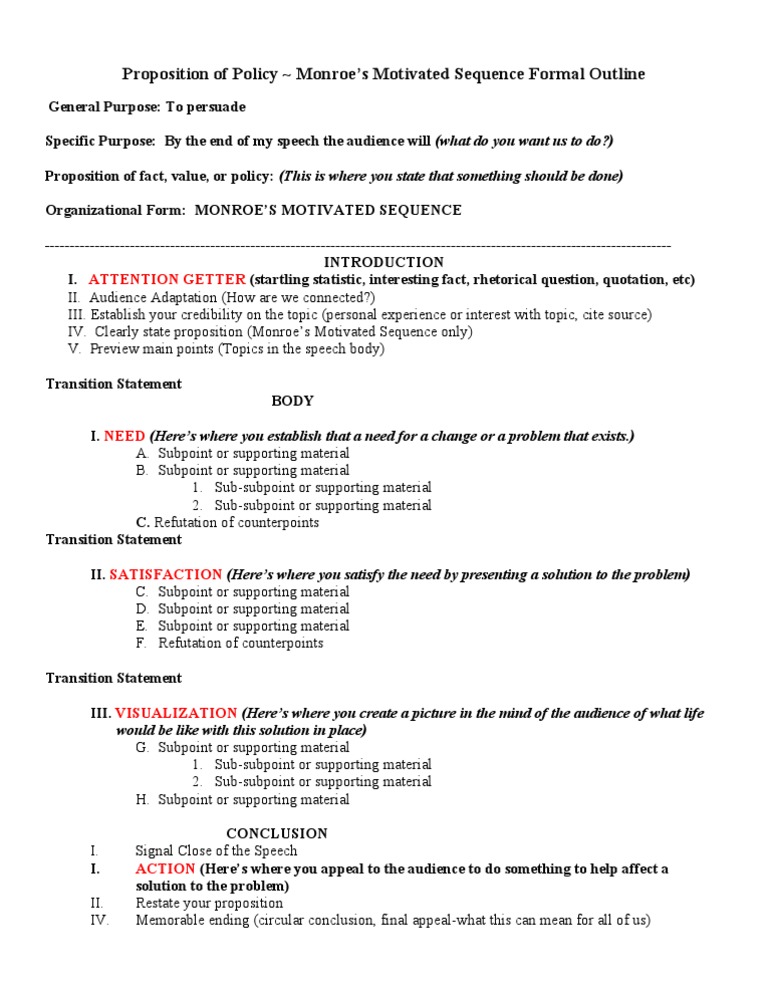The Monroe Motivated Sequence is a persuasive speech outline that was created by Alan Monroe, a professor of speech communication. It is designed to lead an audience through the process of being persuaded by a speaker by creating a logical and emotional appeal.
The outline consists of five steps: attention, need, satisfaction, visualization, and action. Each step serves a specific purpose and builds upon the previous one to effectively persuade the audience.
The first step, attention, is designed to grab the audience's attention and make them interested in the topic. This can be done through the use of an attention-getting device, such as a startling statistic or a personal anecdote.
The second step, need, establishes the problem or need that the audience should be concerned about. This step helps to build a sense of urgency and motivate the audience to take action.
The third step, satisfaction, presents a solution to the problem or need that was established in the previous step. This solution should be specific and feasible, and should address the concerns of the audience.
The fourth step, visualization, helps the audience to see the benefits of the solution and imagine what it would be like to implement it. This step helps to build support for the solution and create a positive emotional response in the audience.
The final step, action, calls the audience to take some specific action in response to the problem or need that was presented. This could be something as simple as signing a petition or making a donation, or it could be something more involved, such as volunteering or advocating for a cause.
Overall, the Monroe Motivated Sequence is a powerful tool for persuading an audience to take action on a specific issue. By following this outline, a speaker can effectively present a problem, offer a solution, and motivate the audience to take action, ultimately achieving their desired outcome.








